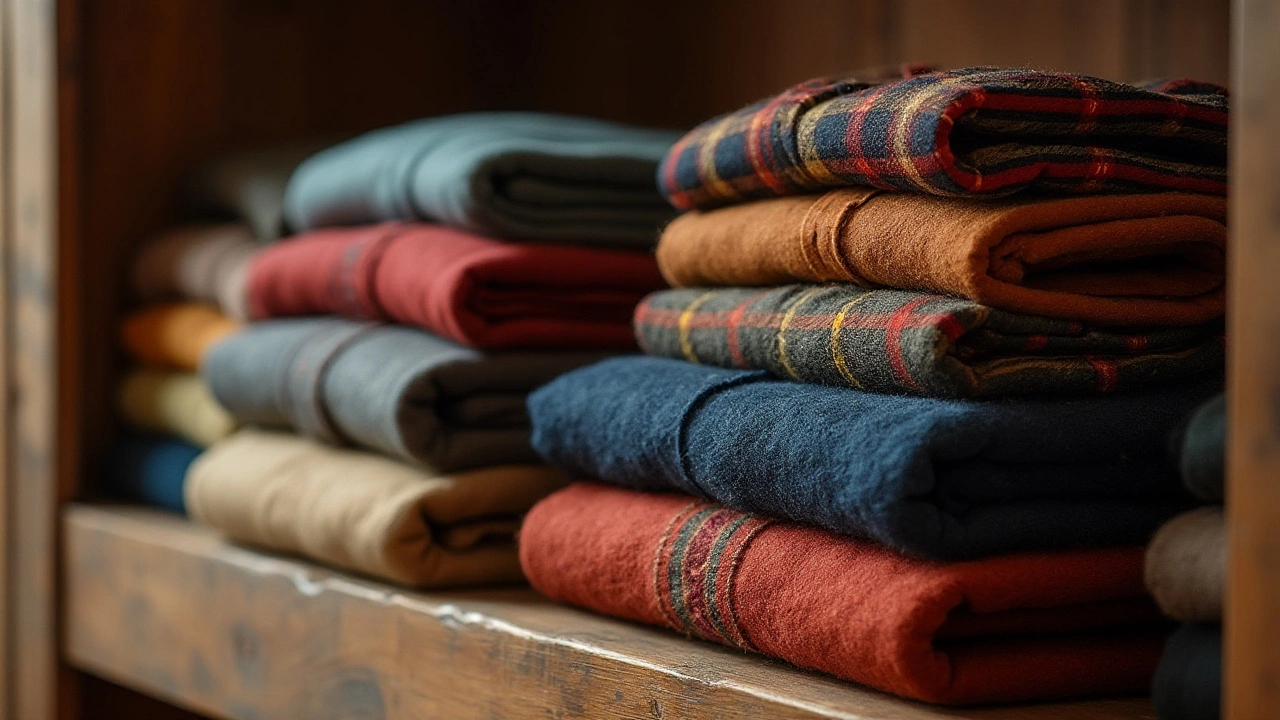Coat Care Made Simple: Essential Tips for Every Wardrobe
Got a favorite coat you want to wear season after season? The secret isn’t a magic product – it’s the right habits. A little care every now and then saves you from costly replacements and keeps you looking sharp.
Cleaning Your Coat the Right Way
First thing’s first – check the label. It tells you if the coat needs dry‑cleaning, hand‑washing, or can survive a gentle machine cycle. Ignoring it is the fastest route to shrinking or ruining the fabric.
If the label says “dry clean only,” trust it. A reputable cleaner knows how to treat wool, cashmere, and delicate blends without over‑processing. For coats labeled “machine wash,” turn them inside out, use a mild detergent, and pick the cold, gentle setting. Throw in a few clean tennis balls to keep the filling from clumping.
Spots happen. Keep a cotton swab or soft cloth handy, dab (don’t rub) the area with a mix of water and a tiny bit of detergent. Test on a hidden spot first to avoid discoloration.
Different fabrics need different tricks. Wool loves cool water and a short wash; let it air dry flat to keep its shape. Cotton can handle a bit more agitation but still prefers low spin. For leather, skip water entirely – a leather cleaner or a damp cloth followed by a conditioner does the job.
Never wring out a wet coat. Press out excess water with a towel, then reshape it on a clean surface. Hang it on a wide‑shouldered hanger and let it dry naturally. Heat from a dryer can shrink fibers and ruin the lining.
If wrinkles appear, a steamer works better than an iron. Hold the steamer a few inches away and glide it over the coat, letting the steam relax the fibers. For stubborn creases, use a low‑heat iron with a pressing cloth, but only on fabrics that can handle direct heat.
Storing and Protecting Your Coat
When the season ends, store the coat properly. A breathable garment bag is ideal – it keeps dust out but lets air circulate. Avoid plastic covers that trap moisture and invite mold.Hang the coat on a sturdy, wide hanger to preserve the shoulder shape. For heavy coats, add a padded hanger or a coat rack with a broad back. If you must fold, place a clean sheet of tissue paper between layers to prevent creases.
Moths love natural fibers. Toss a few cedar blocks or lavender sachets into the closet; they repel insects without harsh chemicals. Check the coat every few weeks for signs of damage or insect activity.
Minor repairs are easier than you think. Tighten loose buttons, stitch small tears, or apply a fabric glue designed for the coat’s material. Catching issues early stops them from spreading.
Finally, give your coat a quick once‑over before each wear. Brush off lint, smooth the collar, and spot‑check the seams. A few seconds of attention now saves you from a full‑blown cleaning session later.
Follow these simple steps, and your coat will stay looking fresh year after year. No need for expensive replacements – just a bit of routine care and common sense.

Folding Coats: Best Practices and Common Mistakes
Discover the nuances of coat folding as we explore whether it's okay to fold them, the impact on coat material, and the best methods to preserve their shape. This guide will help you make informed decisions about storing your outerwear efficiently. From understanding the texture of your coat to practical tips for small spaces, we aim to equip you with useful knowledge. Reducing the chances of wrinkles and damage has never been easier.




